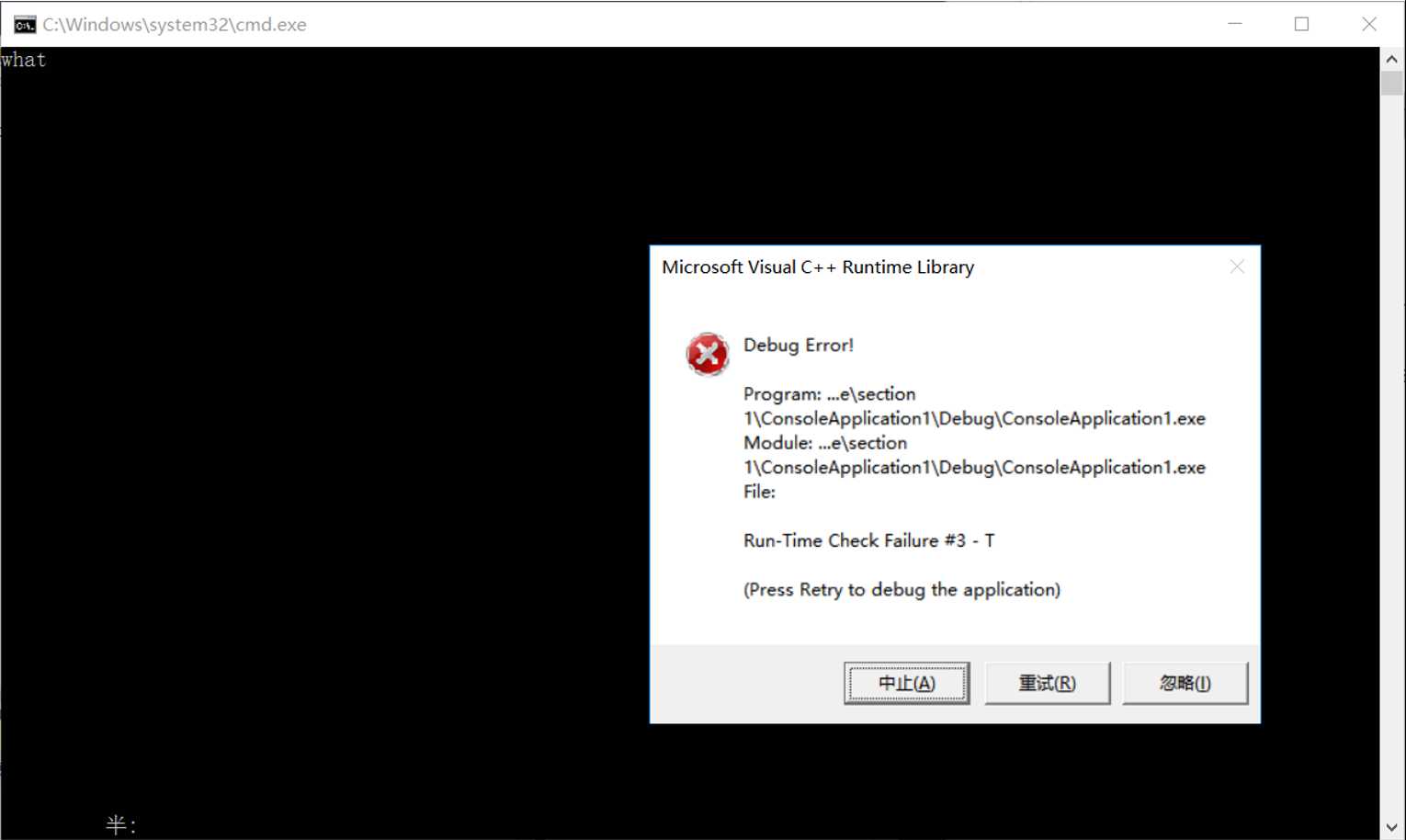标签:
前面习题比较简单,根据教材就可以做出来,下面记录从习题1.8开始。
1.8

1 #include<stdio.h> 2 3 /* 16/6/8 count blanks,tabs,and newlines*/ 4 main() 5 { 6 int c, num_blank, num_tab, num_new; 7 8 num_blank = num_tab = num_new = 0; 9 while ((c = getchar()) != EOF) { 10 if (c == ‘ ‘) num_blank++; 11 else if (c == ‘\t‘) num_tab++; 12 else if (c == ‘\n‘) num_new++; 13 } 14 printf("%d %d %d", num_blank, num_tab, num_new); 15 }
初始化语句是有必要的,否则输入语句后按下Enter会出错。

我原先用C语言写C51单片机程序时,对于初值为0的变量通常是直接设置变量名就完事(C51编译器会默认赋值为0),这也给我一个提醒:对于一个新定义的变量,若有必要最好加上初值。
1.9
我的思路很简单,先由c=getchar()读取一个字符,如果是连续空格的话就不断读入到下一个非空格字符为止,不是的话就直接打印该字符。

1 #include<stdio.h> 2 3 /* 16/6/8 repacing string of blanks with a single blank */ 4 main() 5 { 6 int c; 7 8 while ((c = getchar()) != EOF) { 9 if (c == ‘ ‘) { 10 while ((c = getchar()) == ‘ ‘); 11 putchar(‘ ‘); 12 putchar(c); 13 } 14 else putchar(c); 15 16 } 17 }
答案给出了三种写法,亮点是设置整型变量lastc来记录前一个输入字符,开始时将其初始化为符号常量NONBLANK(可通过define设置为任意的非空格字符)。下面给出答案的第三种写法(稍微难理解点)

1 #include<stdio.h> 2 #define NONBLANK ‘a‘ 3 4 /* 16/6/15 repacing string of blanks with a single blank */ 5 main() 6 { 7 int c; 8 int lastc; 9 10 lastc = NONBLANK; 11 while ((c = getchar()) != EOF) { 12 if (c != ‘ ‘ || lastc != ‘ ‘) 13 putchar(c); 14 lastc = c; 15 } 16 }
1-10

1 #include<stdio.h> 2 3 /* 16/6/8 replace tab,backspace,backslash with the \* form */ 4 main() 5 { 6 int c; 7 8 while ((c = getchar()) != EOF) { 9 //if (c == ‘\t‘) putchar(‘\\t‘); 10 if (c == ‘\t‘) printf("\\t"); 11 else if (c == ‘\b‘) printf("\\b"); 12 else if (c == ‘\\‘) printf("\\\\"); 13 else putchar(c); 14 } 15 }
刚开始使用类似putchar(‘\\t‘)的形式,输出结果如下

换成printf才达到预期效果,注意在C语言中反斜号是用‘\\‘来表示的,要想输出两个反斜号,需要使用printf输出字符串"\\\\"(应该是前面\\输出一个\,然后后面\\再输出一个\)。
1-11
查看答案即可,要点是满足边界条件的输入,比如没有输入、没有单词(只有空格、制表符或换行符)、每个单词各占一行(没有空格和制表符)、单词出现在一串空格之后。
1-12
在教材P14例程基础上写的,思路是当前读到的字符在单词里面(state=IN)的话就打印出来,一直到下一个空格/制表符/回车符为止,并打印回车符\n另起一行。

1 #include<stdio.h> 2 3 #define IN 1 4 #define OUT 0 5 6 /* 16/6/8 以每行一个单词的形式输出 */ 7 main() 8 { 9 char state = OUT; 10 char c; 11 12 while ((c = getchar()) != EOF) { 13 if (c == ‘ ‘ || c == ‘\t‘ || c == ‘\n‘) { 14 state = OUT; 15 } 16 else if(state == OUT) { 17 state = IN; 18 } 19 while (state == IN) { 20 putchar(c); 21 c = getchar(); 22 if (c == ‘ ‘ || c == ‘\t‘ || c == ‘\n‘) { 23 state = OUT; 24 putchar(‘\n‘); 25 } 26 } 27 } 28 }
答案写的更好一些,这里放上源代码体会一下。

1 #include<stdio.h> 2 3 #define IN 1 4 #define OUT 0 5 6 /* 16/6/15 以每行一个单词的形式输出 */ 7 main() 8 { 9 char state = OUT; 10 char c; 11 12 while ((c = getchar()) != EOF) { 13 if (c == ‘ ‘ || c == ‘\t‘ || c == ‘\n‘) { 14 if (state == IN) { 15 putchar(‘\n‘); 16 state = OUT; 17 } 18 } 19 else if (state == OUT) { 20 state = IN; 21 putchar(c); 22 } 23 else putchar(c); 24 } 25 }
标签:
原文地址:http://www.cnblogs.com/custalex/p/5721045.html